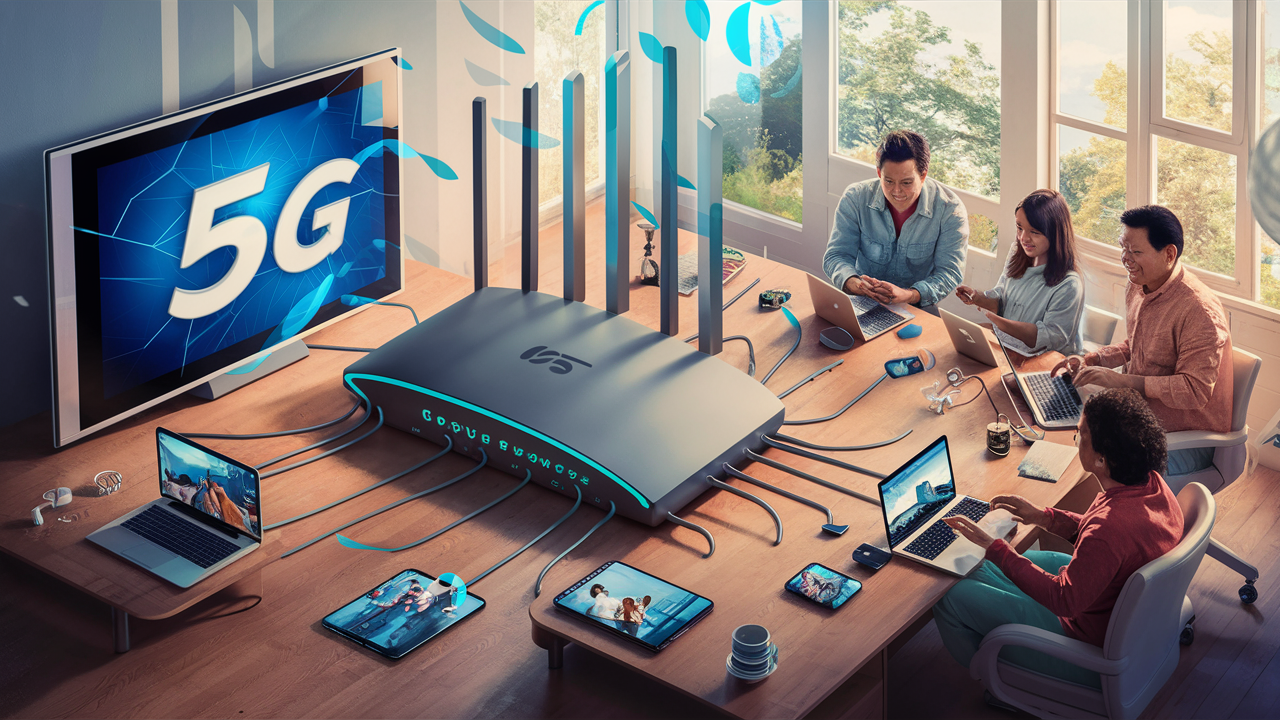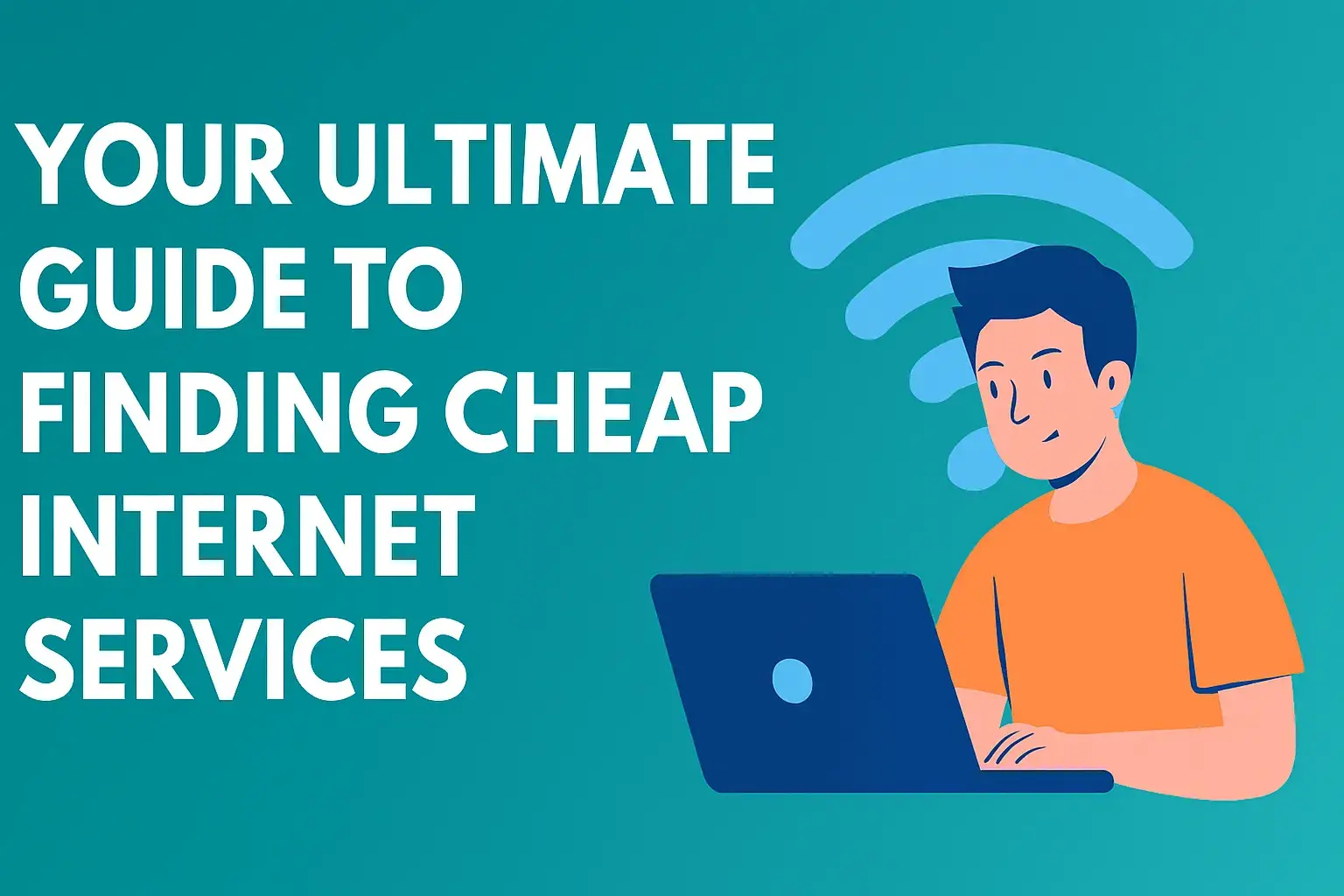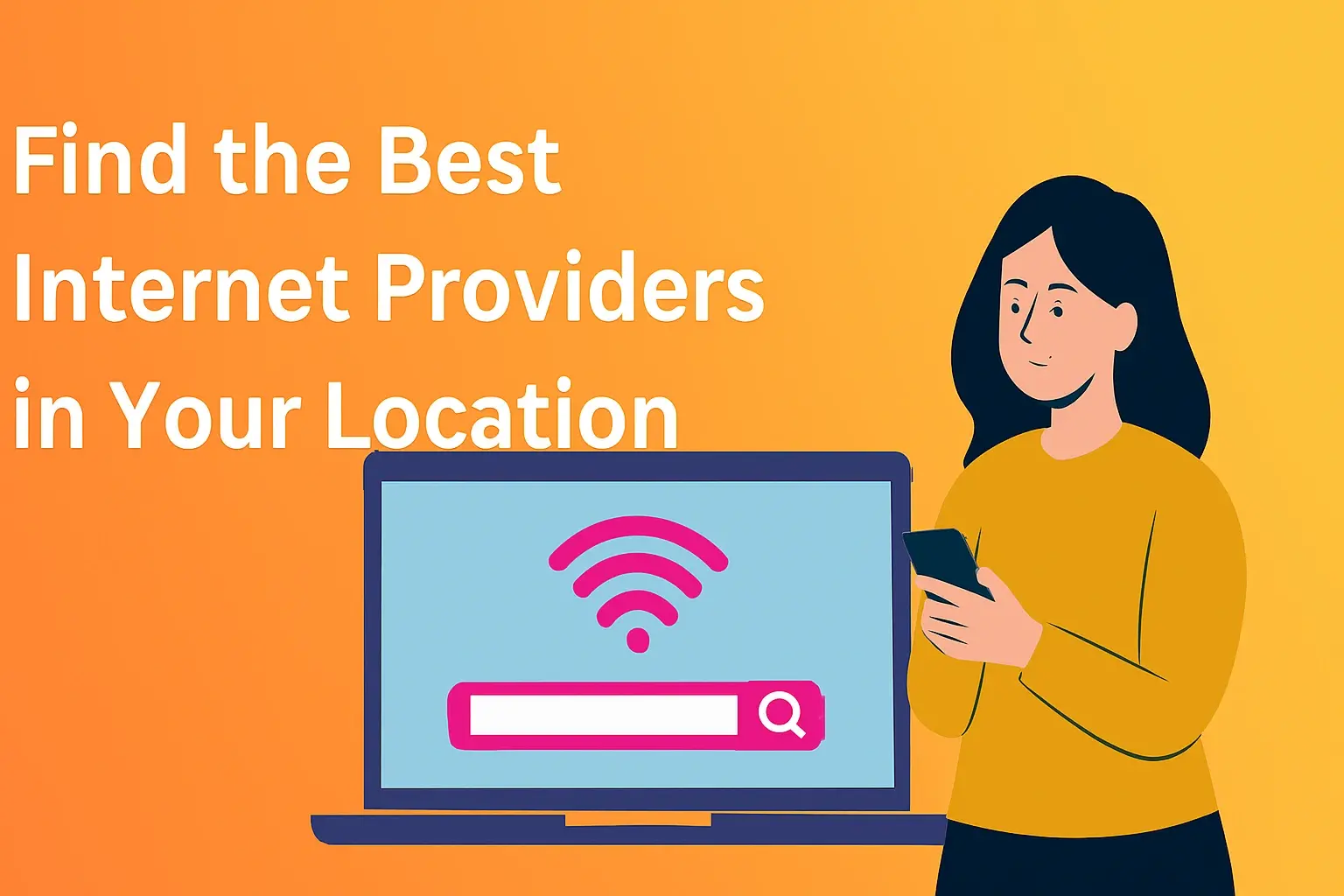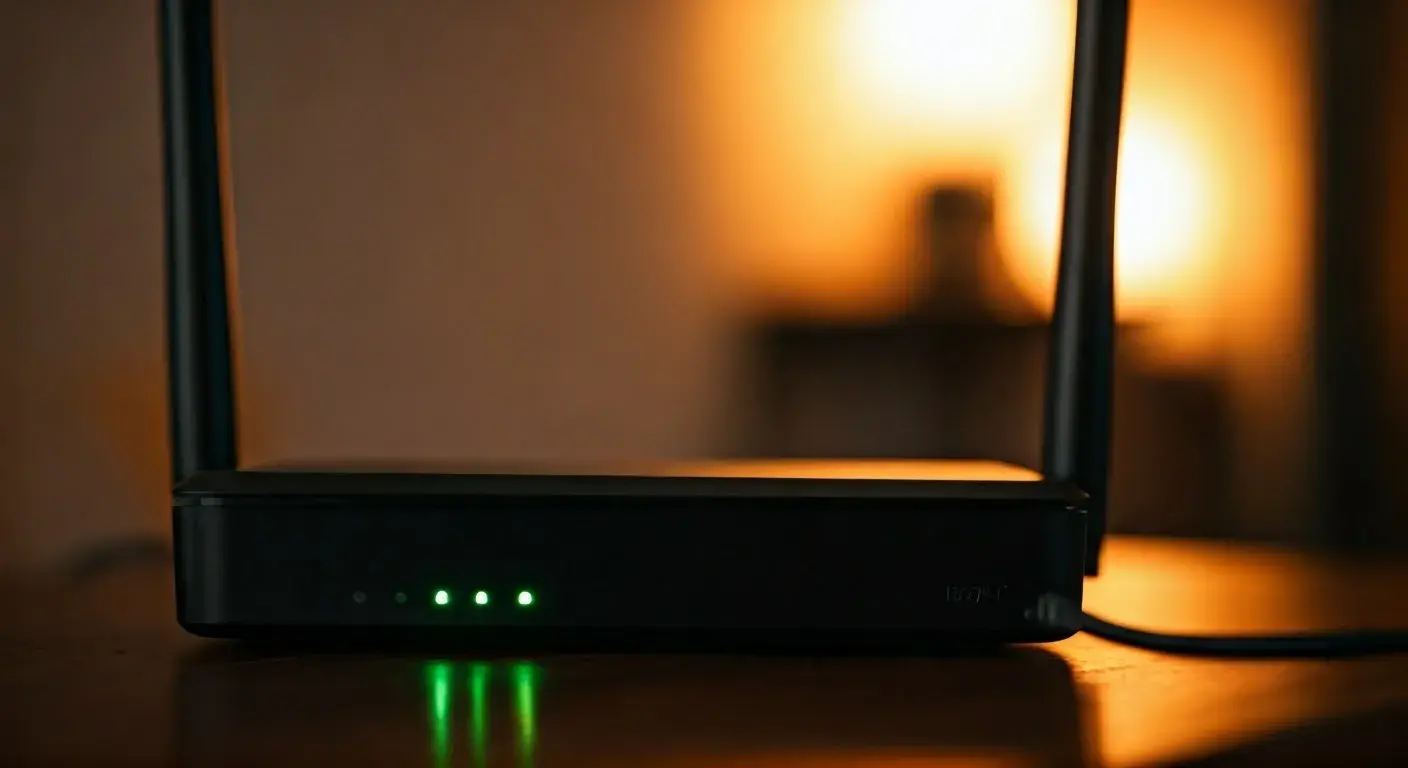Is 5G Good for Home Internet?

Is 5G Good for Home Internet
5G is the new generation of the cellular network and is expected to provide higher speed than 4G LTE networks and will have less latency and more network capacity. As more countries BEGIN to launch 5G, consumers may ask if 5G can be used instead of Cable or Fiber internet at home. Here are the important factors to consider as to whether 5G is good for home internet are discussed below.
Speed
One of the primary drivers of 5G is data speed, which is the key factor that differentiates it from previous generations. Consequently, possible peak download rates in 5G networks may range from 1 Gbps to 20 Gbps in contrast to 4G LTE which offers 1 Gbps at most. Presently, practical download speeds vary between 100 and 400 Mbps based on most initial 5G deployments of service providers. While it is notably faster than 4G networks that offer 10-50 Mbps, the speed is not as high as the 500 Mbps to 1 Gbps or even higher that are provided by cable or fiber Internet for home usage.
Latency
Latency is a measure of time delay from one point to another on the fastest path available for data to travel. Less latency implies that systems react quicker and there is little to no delay when there are several steps before reaching the final output. While 5G has a latency of 1 to 10ms it responds almost immediately as opposed to 20-70ms as in the case of 4G technology. This low latency will have many advantages for mobile applications, and here are some of them. Still, a reliable home internet connection through cable or fiber can already offer single-digit millisecond latency, so they may not get the significant boost from 5G.
Reliability
Stability is a valuable component that ensures that customers experience the same speed at home as they do everywhere else. 5G technology has a goal to deliver 99.999% of network availability. But in reality, 5G signals are limited in range, are not very effective in penetrating walls, and are sensitive to interference and appearing obstructions that may cause 5G signal drops or inconsistent connectivity. Fixed broadband internet such as fiber and cable internet harness cables offer more reliable internet connections with consistent bandwidth and speed. There are issues with the stability of 5G signals generated by portable devices, the same as people would not be comfortable using them as their primary home internet connection.
Coverage
One of the disadvantages of current commercial 5G networks is that they are restricted to a much smaller coverage area. 5G employs radio waves that enable high throughput but are of high frequency compared to 4G, so they don’t have good penetration and can only cover short distances. This is less so in towns with many 5G cell towers. Those in areas in suburban or rural areas that may be a considerable distance away from cell sites may struggle to get a stable 5G signal. On the other hand, cable and fiber optic internet have extensive coverage that can serve most households in the United States.
Data Caps
Data quotas – these are the restrictions on the amount of data that one can download or upload within a certain period, in this case, a month is one of the factors that affect the use of home internet by consumers. Sometimes, it is free if one doesn’t transact beyond a certain limit, though going over it attracts charges. 5G plans generally require monthly data allowances of 30-100+ GB. Ok for usual mobility, it does not go far for a family of four to have smart TVs, gaming consoles, and multiple devices streaming 1080p video and high-fidelity audio in their home month after month. Home internet fiber or cable plans on the other hand offer, a much higher 1TB+ monthly data usage plan.
Cost
5G home internet price in comparison with cable or fiber internet service is another important factor that can be outlined. Previously, 5G home internet offered by current telecommunications companies cost from $50 to $70 monthly. That can be as much as $10-$20 less than what most fiber home plans cost. However, these 5G services have higher limitations in parameters such as speed, data bandwidth, and reliability of connection. While the above drawbacks may seem unattractive for some households, the added cost may be worth it for the guarantee of uninterrupted unlimited internet speed across their homes.
Smart Home Devices are now gaining popularity and there is a lot of support for it now.
Smartphones, smart speakers, smart TVs, smart fridges, smart lights, smart thermostats, smart security cameras, and smart routers, among other gadgets, make up the smart devices found in many homes, which require WiFi connectivity. Specifically, some of the 5G routers designed for use at home enable around 100 other WiFi-compatible smart home devices to be controlled remotely. However, a smart home with a considerable amount of devices, i.e., more than 50, may prove overwhelming for many 5G routers depending on their capabilities in comparison to multi-band mesh WiFi systems that take full advantage of fiber or cable internet optimized for home use.
Ideal Users
In its current capacity, for which type of customers is 5G home internet appropriate? People willing to be pioneers and use the newest service may not care if they have periods of low signal strength or no signal at all in their backyard for the sake of self-installation. Low-cost firms targeting the market dominated by higher-priced unlimited fiber plans might consider the relatively slow 5G speed as acceptable if the data allowance is not excessive. Lastly, people who are part-time residents on a seasonal holiday with no cable or fiber connection could consider 5G to be adequate for their short-term needs. For those relying on the internet with moderate speed and data usage, which can comfortably be met by the current 5G signals in their regions, it may prove as a cheap and convenient home internet service provider.
The Future of 5G Home Internet is another interesting article that was also written by the same author, Alex Dupuy.
What is more, the current set of limitations prevents it from being a viable solution for replacing home internet exclusively, although the prospects for 5G look promising in terms of complementing existing services. This is due to the introduction of new equipment, increased number of base stations, better technologies, increased channel capacity, better signal quality, increased coverage area, and modern communication equipment that are available in the market. In the next 2-3 years from now, it will be realistic to anticipate 5G home internet to compete and potentially even edge out cable and fiber. Also, some providers are gradually implementing what is referred to as a wireless fiber approach in which 5G is used for the last-mile wireless connection while fiber optics are used for the rest of the architecture to allow homes to have unrestricted internet speeds.
The time frame to complete the rollout is not unique for each region but depends on the improvements in the telecom structure of the concerned neighborhoods. However, consumers in some countries may already have the opportunity to experience 5G straight to their houses. For many homes today, 5G remains as useful as it was during its pre-COVID days, as the primary use case for it can still be as a mobile companion to WiFi. However, further developments made to 5G guarantee its growing novelty as an affordable home internet provider. Comparing the opportunities and threats of 5G with other possibilities can decide on whether to switch to a wire-free world or wait for further improvements.
Ready to upgrade your internet experience? Call us now at +1 844-349-7575 to explore the best Cox Internet plans for your needs!





